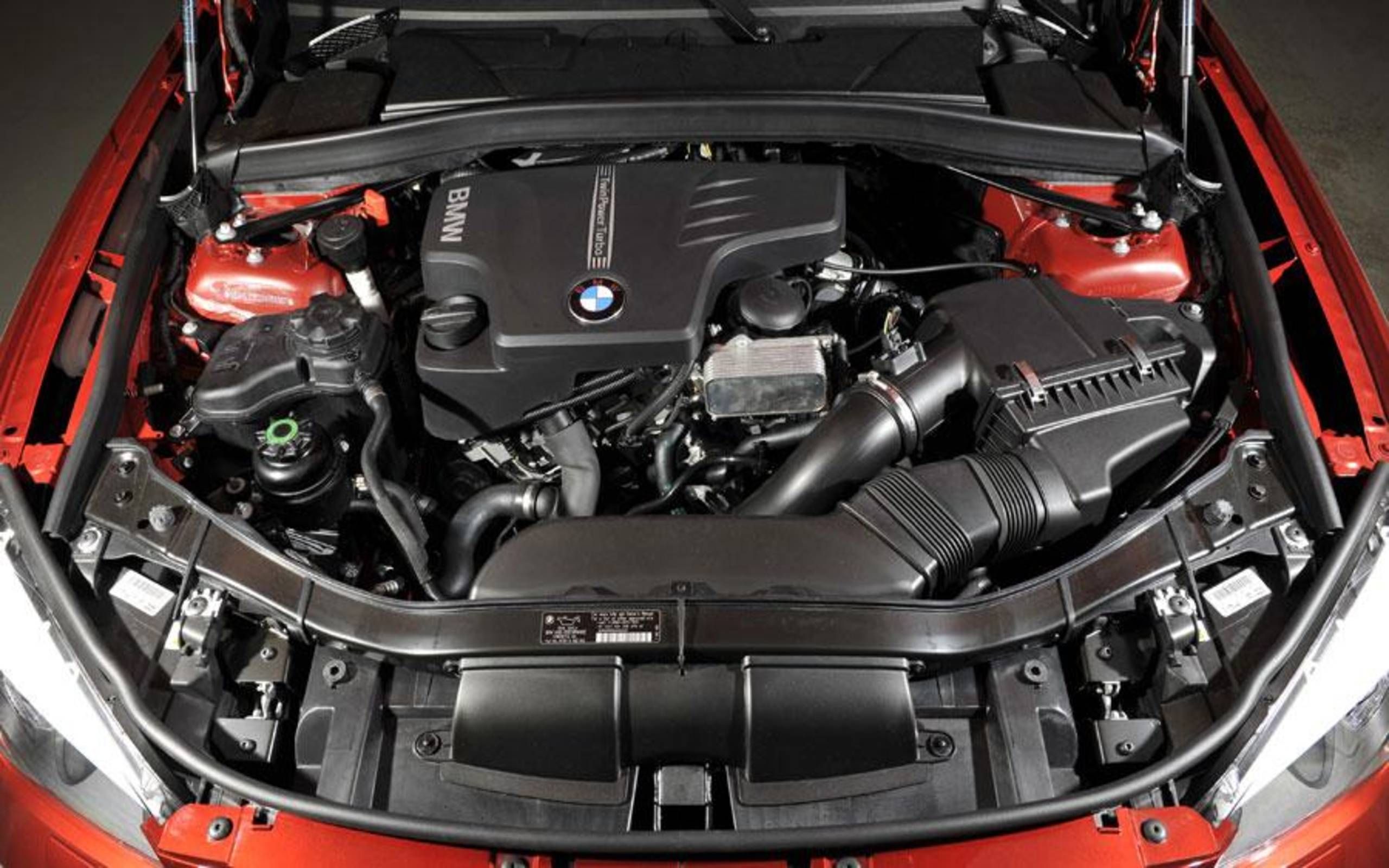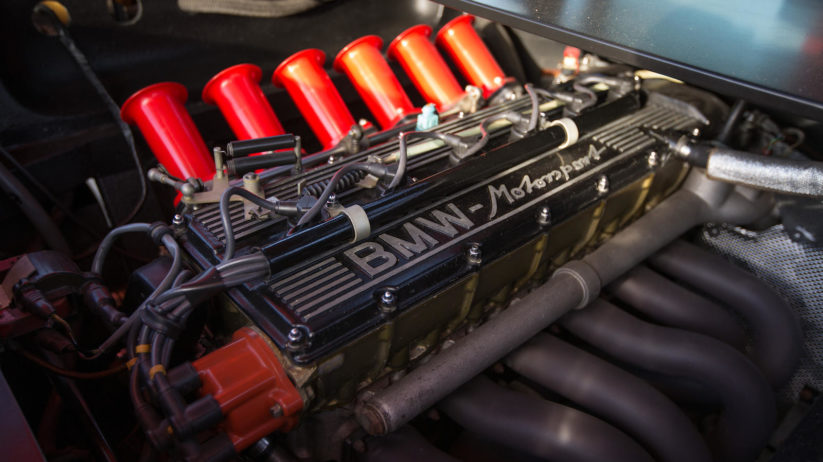Checking Out the Development of Burning Engines in Modern Transport Solutions
As we browse the landscape of modern transportation, the advancement of burning engines stands as a testament to human resourcefulness and design prowess. The interaction of background, innovation, and ecological issues in shaping the trajectory of burning engines creates a story that is both informative and compelling.
Early Beginnings of Combustion Engines
How did the idea of burning engines very first arise in the early stages of transport development? The roots of burning engines can be traced back to the 17th century when the principles of inner combustion were very first discovered.
The development minute included the development of the first successful gasoline-powered engine by Karl Benz in 1885 - bmw engine. This engine led the way for the development of the contemporary auto, transforming transport systems worldwide. Succeeding innovations by Nikolaus Otto and Gottlieb Daimler even more improved burning engine technology, causing the automation of automobiles and the fast development of the transportation sector
These very early combustion engines were characterized by their simplicity and performance, laying the foundation for the complex and powerful engines made use of in contemporary transport systems. The evolution of burning engines has been instrumental in shaping the means we travel and deliver items, noting a considerable turning point in the history of transportation development.
Transition to Internal Burning Innovation
The shift to internal burning modern technology noted a critical shift in the evolution of transport systems. This change began in the late 19th century, with inventors like Nikolaus Otto and Gottlieb Daimler creating the initial successful internal burning engines. These engines revolutionized transport by using a much more powerful and efficient choice to heavy steam engines and electric motors.
Among the essential benefits of interior combustion engines was their capacity to be reduced to match lorries, causing the development of motorcycles and cars. This shift from cumbersome, stationary engines to portable, mobile ones led the way for the contemporary transport systems we see today.
The shift to internal burning innovation likewise stimulated improvements in fuel innovation, leading to the growth of gasoline and diesel as main gas sources for lorries. This shift not just made transportation a lot more available to the masses yet also laid the structure for the oil and gas industry to end up being integral to global economic situations.
Impact of Combustion Engines on Transport
The adoption of combustion engines in transport systems militarized a profound shift in the performance and rate of worldwide wheelchair. Burning engines transformed transport by giving a functional and dependable resource of power for numerous vehicles, including automobiles, aircrafts, vehicles, and ships. This innovation considerably improved the ability for individuals and items to move over cross countries in shorter amount of time, resulting in boosted connection between regions and nations.
Additionally, the extensive usage of combustion engines has had a significant effect on economic development. The ability to transfer products efficiently has stimulated profession and business, enabling services to broaden their markets and reach consumers worldwide. This has actually promoted financial growth and globalization, as products can currently be transferred much faster and in bigger amounts than ever.
However, the ecological influence Discover More Here of burning engines can not be neglected. The combustion of fossil fuels has actually caused air pollution and greenhouse gas emissions, adding to environment modification and posing wellness threats to populations. bmw engine. Consequently, there is an expanding emphasis on developing different propulsion innovations to reduce these adverse results and create an extra lasting future for transportation
Technologies in Combustion Engine Design
Countless improvements in combustion engine style have actually propelled the advancement of transportation systems over the decades. One noteworthy development is the growth of turbocharged engines, which use exhaust gases to drive a wind turbine that compresses inbound air, enabling for more gas to be burnt, leading to boosted power output without a considerable rise in engine size. In addition, direct shot technology has actually enhanced gas efficiency and efficiency by exactly controlling the quantity and timing of fuel injected right into the combustion chamber. Variable valve timing systems have actually also transformed engine layout by optimizing air movement at various engine speeds, boosting both power and effectiveness. An additional considerable advancement is the assimilation of light-weight materials such as carbon fiber and aluminum alloys, decreasing general engine weight and improving vehicle fuel economic situation. Moreover, advancements in computer-aided style have made it possible for engineers to optimize engine efficiency and performance with simulations before physical prototypes are built, conserving time and resources in the growth process. These developments jointly add to the continual improvement of burning engines in modern transport systems.
Future Trends in Combustion Engine Advancement
With modern technology innovations driving constant technology, the future of combustion engine development is poised to transform transportation systems around the world. One of the essential patterns in combustion engine development is the push in the direction of better performance and minimized discharges.
One more prominent pattern is the adoption of crossbreed technologies in burning engines. Crossbreed engines integrate traditional burning innovation with electrical power, offering enhanced gas efficiency and reduced discharges. As the vehicle industry changes towards electrification, crossbreed burning engines are seen as a transitional service that links the void between standard lorries and completely electrical ones.
Moreover, the integration of wise modern technologies, such as artificial intelligence and information analytics, is expected to play a significant role in the future of combustion engine development. These modern technologies can maximize engine efficiency in real-time, leading to more efficient combustion procedures and boosted overall car efficiency. Embracing these future trends will not only drive innovation in combustion engine development yet additionally add to a more ecologically pleasant and sustainable transport ecosystem.

Conclusion
In verdict, the advancement of combustion engines in contemporary transportation systems has actually been marked by significant innovations in modern technology and style. From the early starts of burning engines to the shift to internal burning innovation, these engines have actually had an extensive effect on transportation. Advancements in burning engine style remain to drive browse around here progress in this area, with future fads concentrating on additional boosting performance and minimizing discharges. The future of combustion engines in transportation looks promising as r & d efforts continue to push borders.
The roots of burning engines can be traced back to the 17th century when the principles of internal combustion were initial explored. These engines transformed transport by supplying a more reliable and powerful choice to vapor engines and electric motors.
